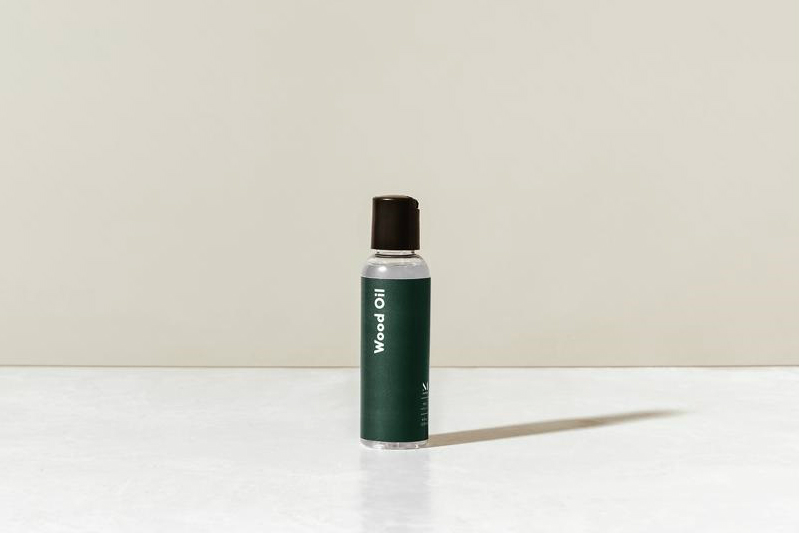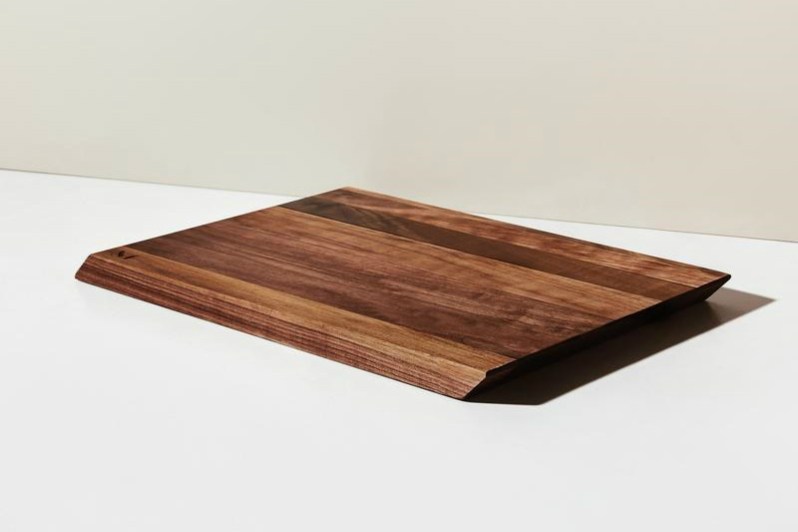We’ve got a bone to pick with you, boys. And no, it’s not the good kind filled with succulent marrow, either. Rather, it has to do with the fact that you’re all neglecting your wooden cutting boards.
Sure, caring for your wooden cutting board might not matter to you if it was given as a gift or you picked up the cheapest option available at your local Big Lots. However, if you’re the kind of guy who has dropped any amount of money over $30 on this important kitchen utensil, you’re going to want to a) learn how to properly care for your board so that it lasts as long as necessary to make it a worthy investment in the first place and b) get the two very inexpensive tools that will allow you to do so.
So, how do you properly care for your wooden cutting boards? Easy. Oil and super sharp knives.
Yes, like most every other wood item in your home, a wooden cutting board needs a good oiling every now and then. Why? Oil moisturizes wood (just like your skin) allowing it to maintain a good moisture balance, which prevents the wood from drying out too much. Wood that has become too dry can easily crack, chip, and see chunks taken out when too much force is used with too dull knives.

To stop dry wood in its tracks, we recommend using Material’s The Wood Oil. Material sent us a sample of oil and we tested it out on our own, much loved and much used wooden cutting board. Dividing the board in half, we applied oil to the right side only. The photo above was taken one week after oiling the wood – proving that even through several uses and washes, the oiled side remains hydrated.
The second thing you can do to preserve and maintain your wooden cutting boards is to make sure to always use a super sharp knife. Not only are dull knives dangerous because they require you to use more force than you need, that extra force also contributes to to most home cooks gouging and nicking their cutting boards unnecessarily. To prevent that, just sharpen your damn knives, dudes. Material also sent us a sample of the brand’s The Sharpener and, in just a few quick passes of our dullest kitchen knife, we found its to have recovered (and even exceeded) its original bevel.
And there you have it. With just two tools and two steps, your favorite wooden cutting board will last a lifetime of cleaving, slicing, dicing, chopping, and more.
Get the Gear
The Sharpener

The Wood Oil

The Angled Board

And now that you know why and how to take care of your cutting board, take a look at some of our favorites.


